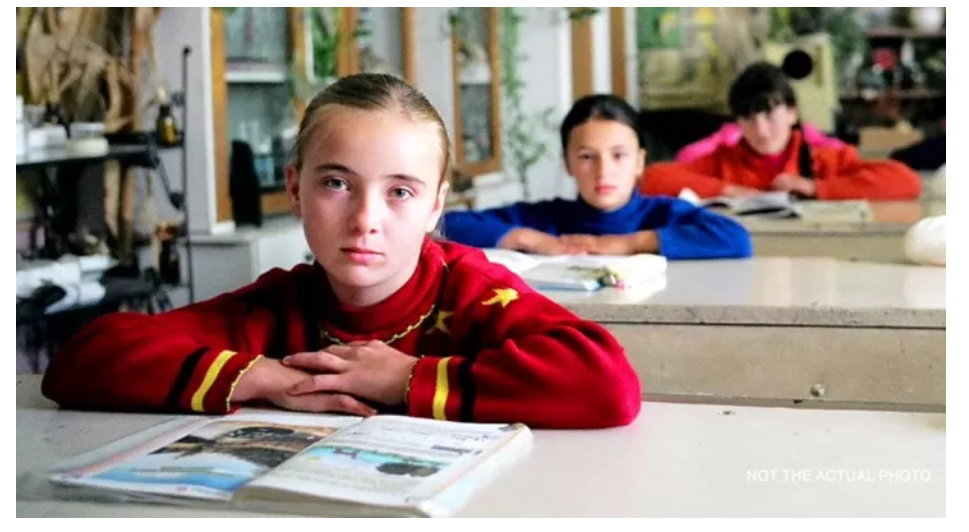Effectively engaging adolescents in learning is a significant challenge, given the many distractions they are exposed to. Here are some strategies that can help teachers engage students and make learning more engaging:
Relevance and Relativity: Connecting the topics taught to students’ daily lives can make them more relevant and interesting. Explain how academic concepts apply in the real world.
Educational Technology: Integrate technology tools and online resources into teaching. Teenagers are familiar with technology, so use it to make learning interactive.
Variety in Methods: Use a variety of teaching methods to maintain student attention. Class discussions, group activities, projects, presentations and debates can add diversity to learning.

Autonomy and Choice: Provide students with some degree of autonomy in their learning. Allow them to choose projects or topics that interest them, within the confines of the curriculum.
Storytelling and Storytelling: Telling compelling stories related to the topic can help maintain attention. Using real cases and concrete examples can make the content more concrete.
Differentiated Assessment: Assess students in a differentiated way, recognizing the different ways they demonstrate their understanding. Some people are good writers, while others excel at oral presentations or visual projects.
Visual and Auditory Resources: Use visual resources, such as videos or pictures, as well as auditory resources, such as sound recordings or facilitated discussions.
Reflecting on Student Interests: Pay attention to student interests. Ask them about their passions and find ways to incorporate these topics into learning.
Listening and Adaptation: Listen to students’ concerns. If you notice something isn’t working, be prepared to adapt your approach accordingly.
Classroom Culture: Foster a positive classroom environment, where students feel valued, listened to and respected. Students are more likely to engage if they feel safe and accepted.
It is important to remember that student engagement can vary from individual to individual, and it is difficult to please everyone. However, by using a variety of teaching strategies and striving to create a meaningful learning experience, teachers can increase the chances of grabbing teens’ attention and inspiring them.